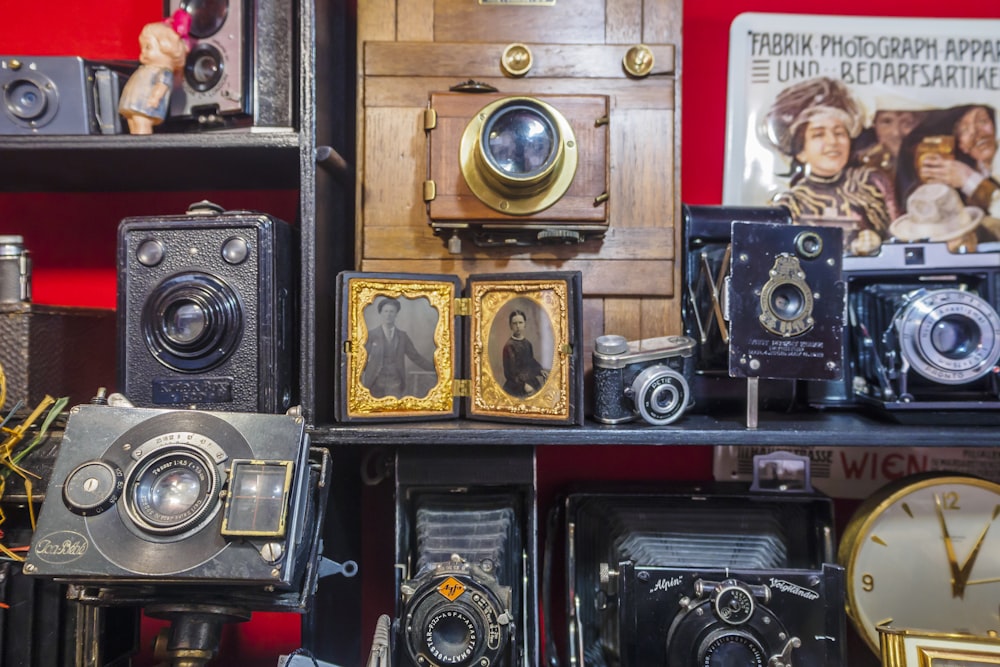The loss of a beloved family member or friend is a profound emotional journey, marked by moments of grief, reflection, and the inevitable task of sorting through their possessions.
Decluttering a loved one’s home is not just about organizing or redistributing items—it is a process deeply intertwined with honoring their memory and legacy. Approaching this task with respect, care, and a sense of purpose can transform what might initially feel like a burden into a meaningful tribute to their life.
Understanding the Emotional Landscape
Before diving into the physical act of decluttering, it’s crucial to recognize and accept the range of emotions that may surface. Each object, photograph, or piece of clothing might evoke memories, making the process emotionally challenging. It’s important to allow yourself to feel these emotions, to reminisce, and to understand that it’s okay to take breaks and approach this task at your own pace.
Starting the Decluttering Process
The decluttering process can be daunting, especially when every item seems to hold sentimental value. A helpful strategy is to start in a room that holds less emotional attachment and gradually work your way to the more significant areas. This method helps you build momentum and develop a rhythm for making decisions about what to keep, donate, or sell.
When it comes to valuable or unique items, such as antiques, it’s beneficial to approach the situation thoughtfully. Research or consult with experts to understand the worth of these items.
If you decide not to keep them, choosing to sell unwanted antiques can not only honor the item’s value but also provide a new home where they will be appreciated. Yet, this decision should be weighted with the consideration of whether the item holds sentimental value that surpasses its monetary worth.
Donating and Recirculating with Purpose
For many, the idea of simply discarding the belongings of a loved one can feel disrespectful or wasteful. Instead, consider donating items to charities, shelters, or organizations that can give these items a new life.
Books can find new readers in libraries or schools, clothing can warm those in need, and furniture can furnish the homes of those starting from scratch. This approach not only declutters the space but also extends your loved one’s legacy through acts of kindness.
Selling and Letting Go
Letting go of a loved one’s possessions can be one of the hardest parts of the decluttering process. However, it’s important to remember that it’s not the items themselves, but the memories and love we associate with them, that truly matter. When choosing to sell items, it’s a step towards acknowledging that their physical presence isn’t what keeps their spirit alive in our hearts.
Preserving Memories
One of the most beautiful aspects of decluttering a loved one’s home is the chance to preserve memories in unique ways. Creating a memory box or scrapbook with photos, letters, and small mementos can offer a tangible connection to the past.
Alternatively, consider repurposing certain items—a piece of clothing turned into a quilt or a piece of furniture restored for use in your home—as a daily reminder of their presence in your life.
Seeking Support and Sharing the Task
Remember, decluttering a loved one’s home is not a journey you have to undertake alone. Enlist the help of family members, friends, or professionals who can offer support, perspective, and assistance. Sharing the task can also be a beautiful way to connect with others who knew and loved the person, allowing for shared reminiscences and mutual support.
Final Thoughts
Decluttering a loved one’s home is an act of love, respect, and remembrance. It allows us to confront our grief, celebrate their life, and carefully decide how to handle their possessions in a way that honors their legacy. By approaching this task with compassion, patience, and a thoughtful plan, we can find comfort in knowing that we’re preserving their memory in the most respectful way possible.
